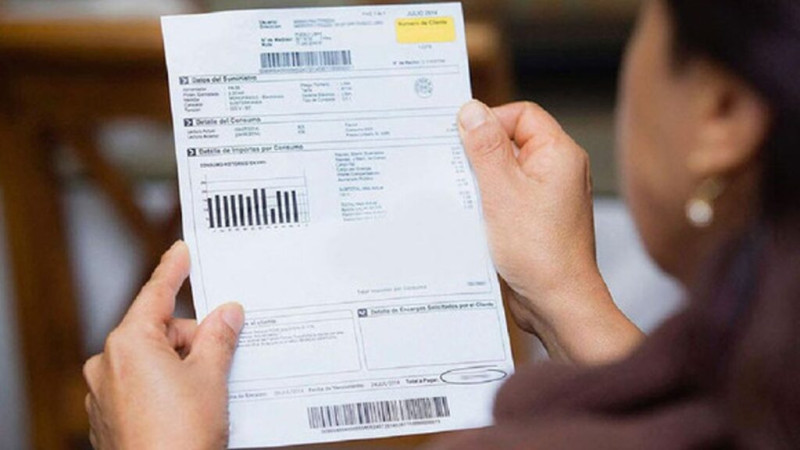The Dominican Republic is currently embroiled in a severe electricity crisis, triggering widespread protests across the nation. Citizens have taken to the streets, resorting to burning tires, banging pots and pans, and lighting candles to voice their frustration over persistent blackouts and skyrocketing electricity bills. The unrest is evident both in public demonstrations and on social media platforms, where grievances are rapidly multiplying. For many Dominicans, power outages have become a daily ordeal, disrupting essential aspects of life such as food preservation and children’s well-being. In Haina, San Cristóbal province, professor Carolina Aquino described the situation as unbearable, while residents of Altos de Arroyo Hondo, National District, lit candles in protest, demanding uninterrupted 24-hour service. Compounding the issue are exorbitant electricity bills. According to the Consumer Protection Office (Protecom), 95% of complaints filed this year pertain to high energy costs. Energy distribution companies received over 84,000 complaints in a single year, with 93% related to inflated bills. Social media users are questioning how bills can remain high despite prolonged outages. Celso Marranzini, president of the Unified Council of Distribution Companies (CUED), attributed increased consumption to high temperatures, asserting that service rates have not been adjusted. Authorities acknowledge the sector’s deep-rooted issues, including power losses, overloaded grids, insufficient investment, and low revenue collection. Statistics from January to July 2025 reveal a precarious financial outlook for distribution companies Edenorte, Edesur, and Edeeste. Despite a slight rise in energy purchases, sales revenue and effective collections have declined. In June, collection losses reached 45.2%, underscoring the sector’s financial woes. The Ministry of Energy and Mines has not updated its statistics since June, leaving stakeholders without recent official data. Management indicators are equally concerning, with energy losses at 38.2% and a revenue recovery rate (CRI) of just 59.5%, meaning distributors are recovering barely half of what they should bill. Investments have plummeted to US$108.7 million, exacerbating the crisis. An electricity crisis occurs when a country’s energy supply system fails to meet demand, leading to shortages, widespread blackouts, and dramatic price hikes. This crisis not only disrupts households but also severely impacts the economy, as industries, commerce, and services rely on stable energy to function.
Complaints about high bills and blackouts continue to irritate the population.
